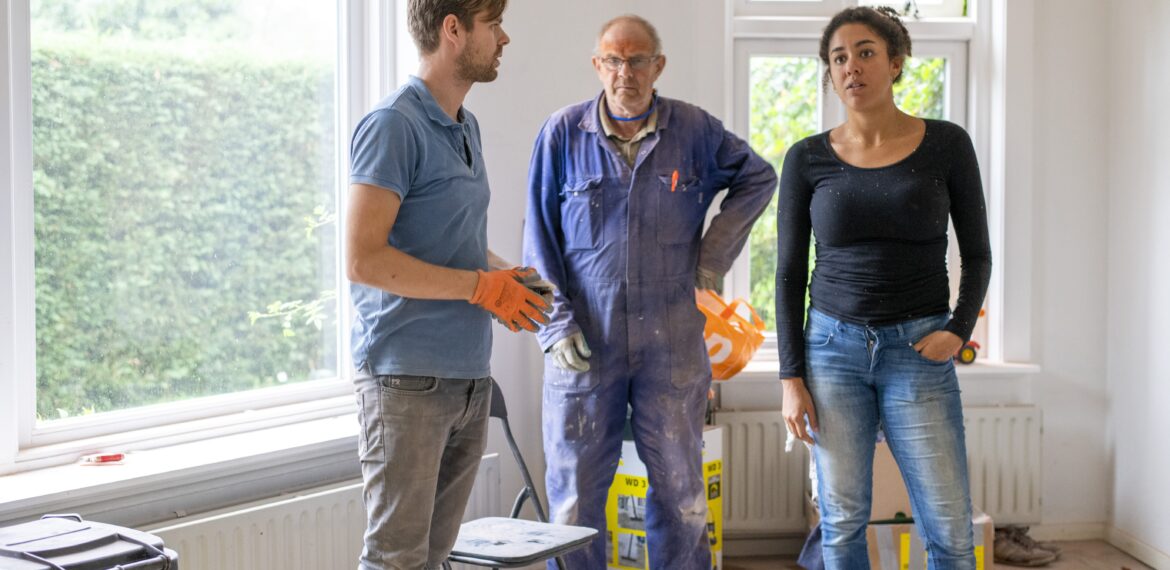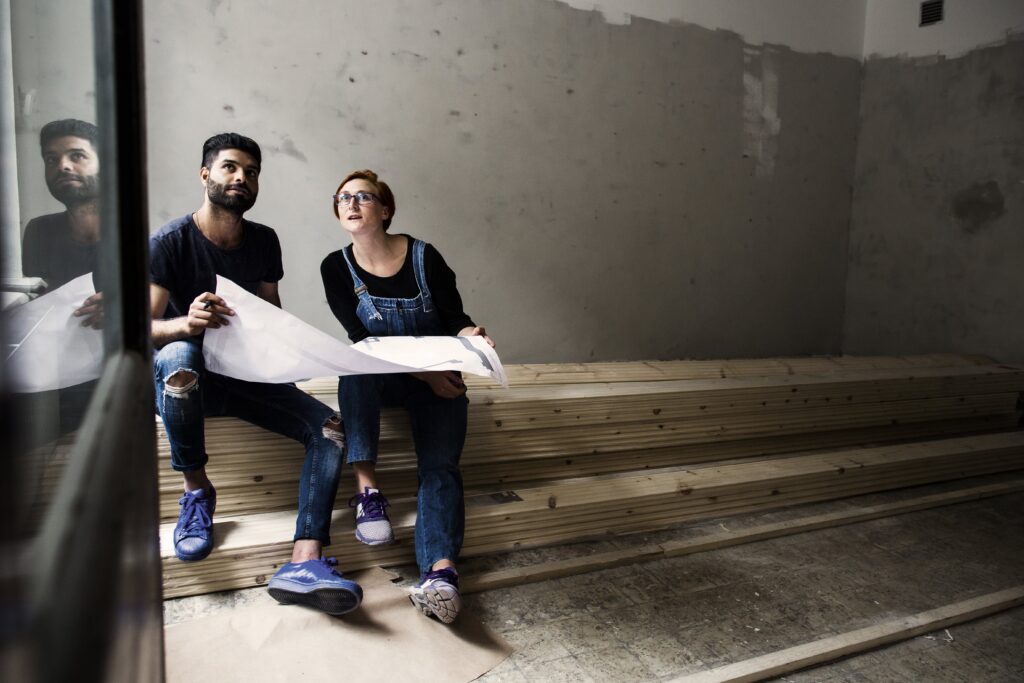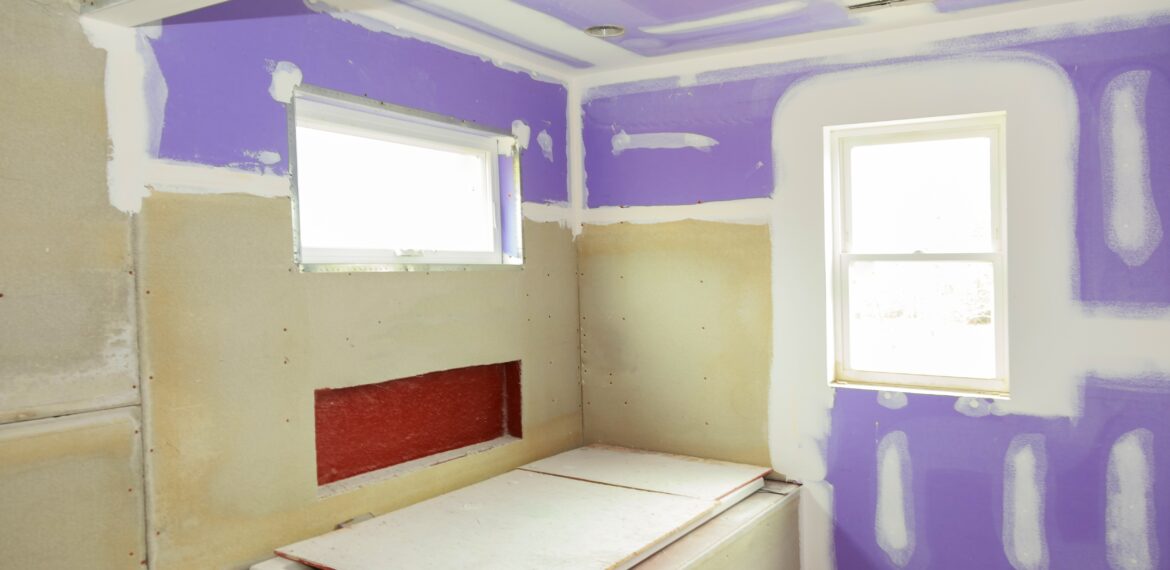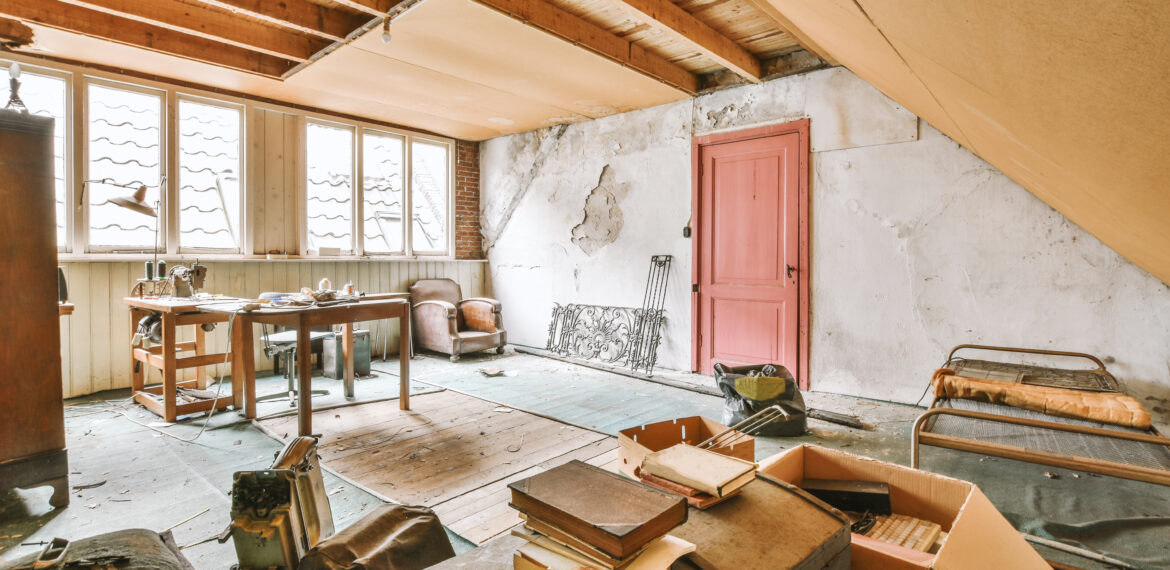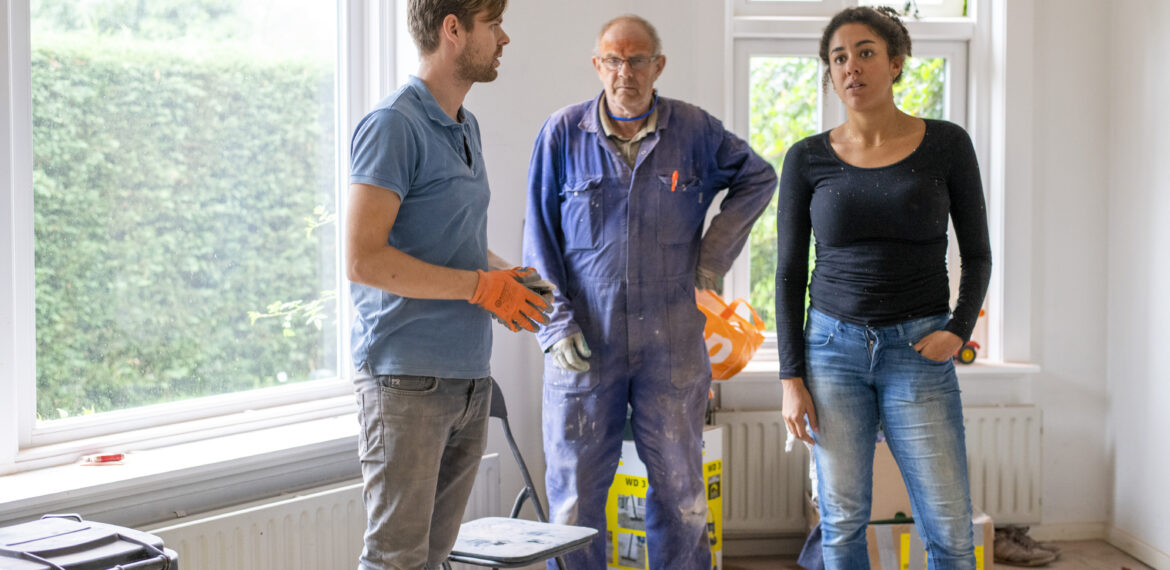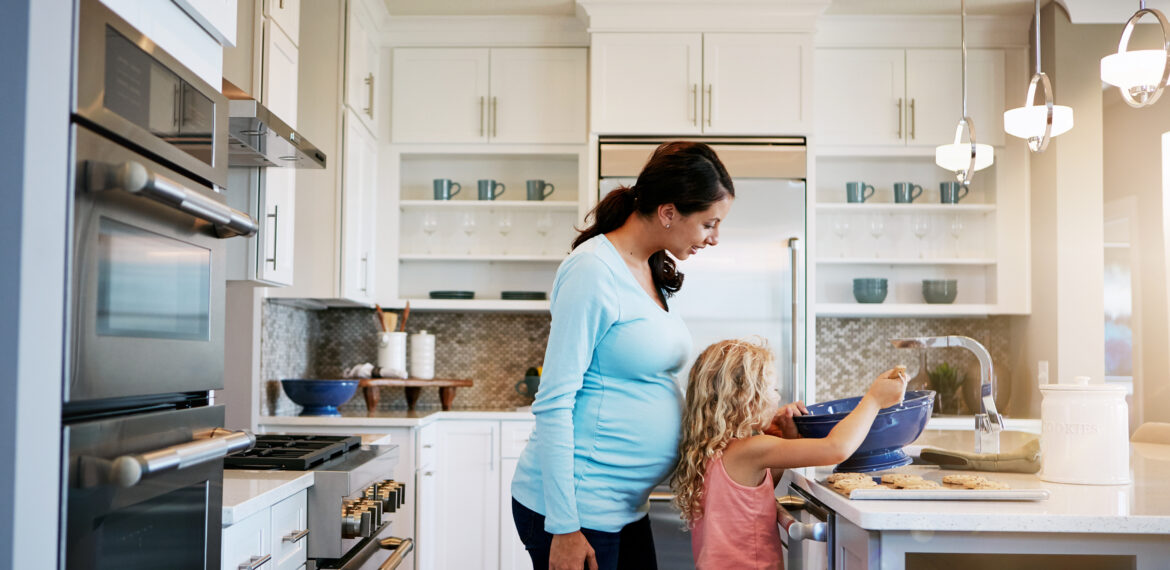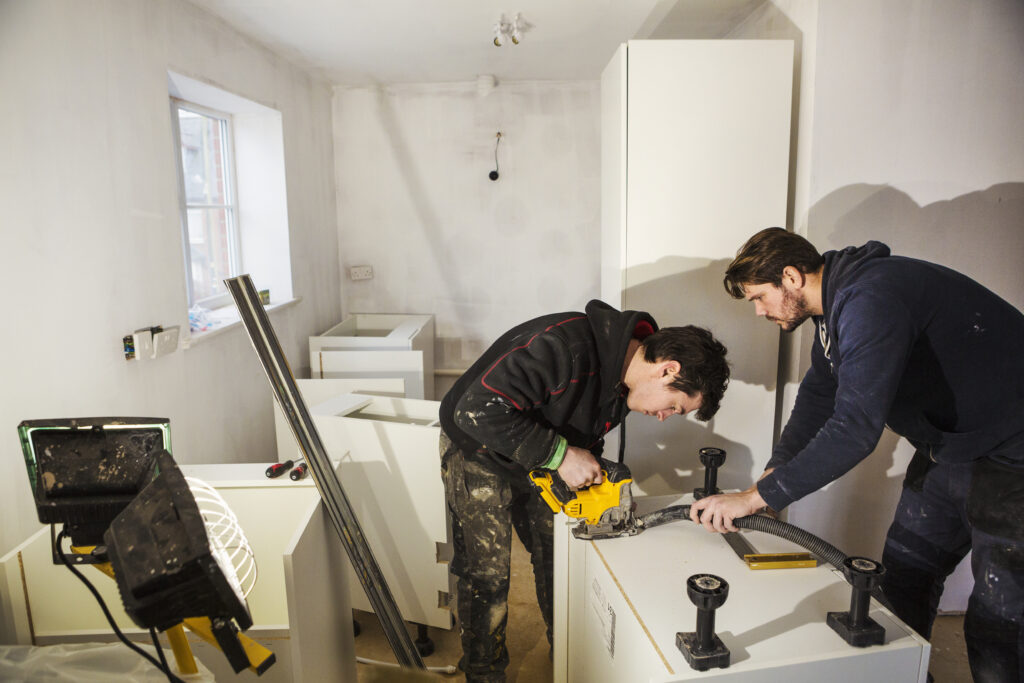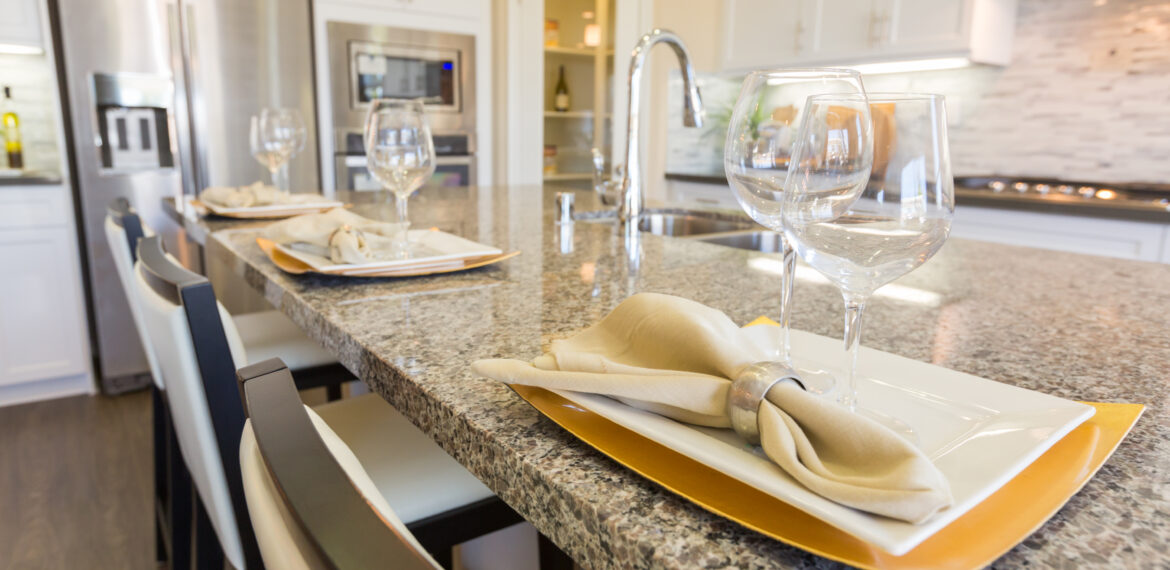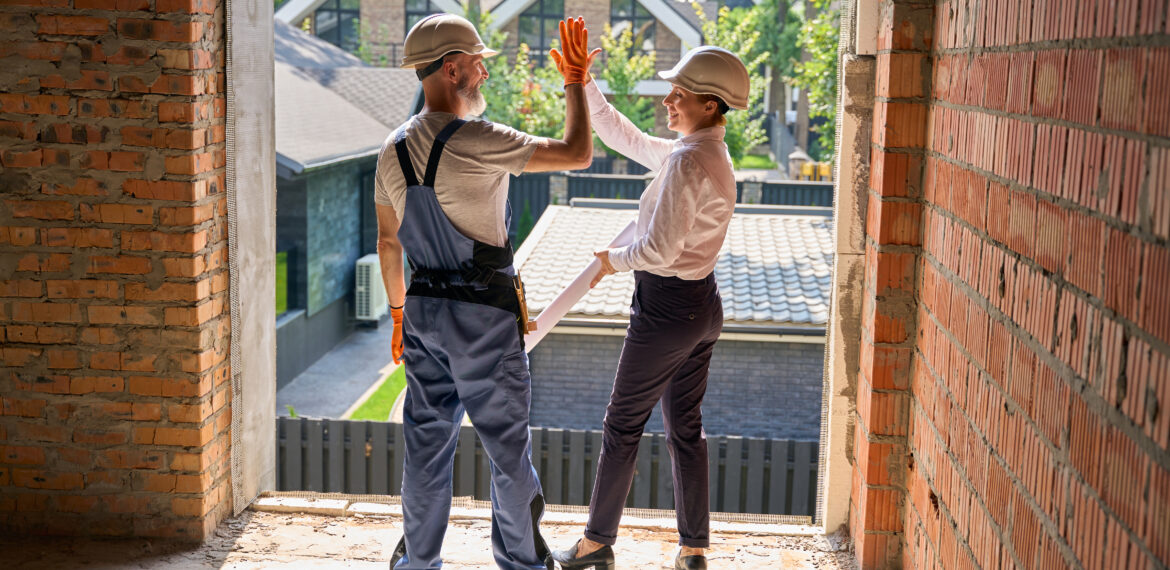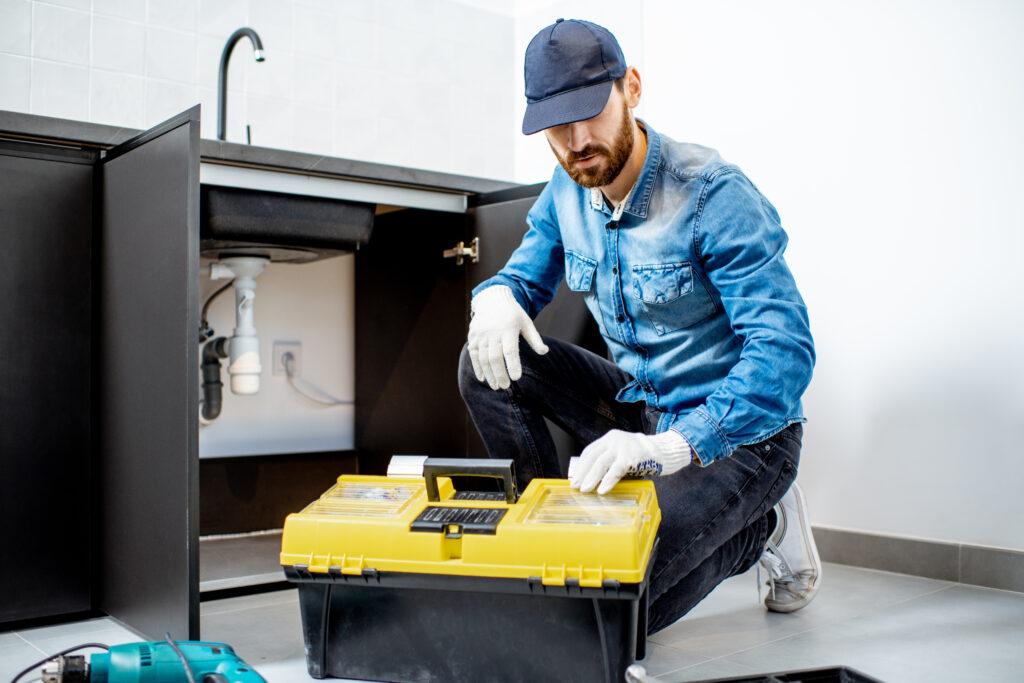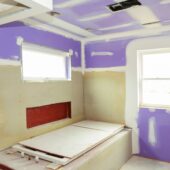How to Plan a Home Renovation Budget With a Home Remodeler
Home renovations are transformative projects that can revitalize your living space, improve functionality, and elevate property value. While the results are rewarding, navigating the financial aspects of such a project requires careful planning. Without a structured approach, costs can escalate quickly, leading to stress and unfinished tasks — this is where a home remodeler’s expertise becomes invaluable. Professional home remodelers provide insights, assist in estimating costs accurately, and guide you in making practical choices that align with your vision and budget. By working hand-in-hand with a remodeler and creating a detailed financial plan, you can ensure a smooth renovation process that meets your needs while staying within your financial boundaries.
Understand the Key Costs of a Home Renovation
A clear understanding of the key costs involved in a home renovation is essential for creating a practical budget. Renovation expenses typically fall into categories such as materials, labor, permits, and additional fees. Materials often account for a significant portion of the budget, varying costs based on the quality and type of items chosen. Labor expenses include the payment for skilled professionals who bring your renovation vision to life. Permits are necessary for structural changes, electrical work, and plumbing upgrades, ensuring the project adheres to local regulations. Additionally, unexpected costs like repairs or design adjustments can arise, emphasizing the need for a contingency fund. Collaborating with a home remodeler helps you break down these expenses and allocate resources effectively, ensuring your renovation stays on track financially.
How a Home Remodeler Helps Homeowners in Budget Planning
Planning a home renovation budget can be overwhelming, especially when balancing design aspirations with financial constraints. Home remodelers play a vital role in simplifying this process by offering expert insights, cost estimates, and tailored solutions. Their experience managing renovation projects ensures homeowners avoid unnecessary expenses and make informed decisions. Working with a professional remodeler transforms a potentially stressful task into a well-structured plan, providing a smooth renovation journey.
Accurate Cost Estimation
Home remodelers use their expertise to provide precise estimates for materials, labor, and other expenses. Their familiarity with industry pricing helps homeowners anticipate costs, reducing the risk of unexpected financial surprises during the renovation.
Guidance on Budget Allocation
A remodeler helps homeowners allocate funds wisely by identifying priority areas such as structural improvements or essential upgrades. It ensures the budget focuses on what matters most while leaving room for aesthetic enhancements.
Cost-Effective Material Recommendations
With extensive industry knowledge, remodelers can suggest cost-effective alternatives to high-priced materials. They ensure homeowners achieve their desired look and quality without exceeding their financial limits.
Managing Unforeseen Expenses
Unexpected issues, like hidden structural damage or design adjustments, can impact renovation costs. Remodelers help plan contingencies, ensuring homeowners are prepared for unforeseen challenges without derailing the project.
Streamlining the Renovation Process
A remodeler coordinates various aspects of the renovation, such as hiring subcontractors, scheduling, and sourcing materials. Their efficient management minimizes delays and ensures costs remain within the agreed budget.
Access to Professional Discounts
Many remodelers have established relationships with suppliers and contractors, allowing them to secure discounts on materials or services. These savings are often passed on to homeowners, helping them stretch their budgets further.
Customizing Solutions to Fit Budgets
Home remodelers tailor renovation plans to align with homeowners’ financial constraints. They suggest practical design adjustments and prioritize tasks to deliver a project that meets expectations without overspending.
Ensuring Compliance With Regulations
Permits and inspections are integral to many renovations and can incur additional costs. Remodelers guide homeowners through these requirements, ensuring compliance while managing associated expenses efficiently.
Tips on Planning Home Renovation With a Home Remodeler
Effective planning is the foundation of a successful home renovation. Working with a remodeler ensures you have expert guidance to navigate challenges, optimize resources, and stay on budget. A well-thought-out renovation plan prevents unexpected expenses and ensures the final outcome matches your vision. Here are eight essential tips to help you plan a home renovation with the expertise of a remodeler.

Define the Scope of Your Renovation
Clear objectives are vital for a smooth renovation process. Start by listing what areas need work and the changes you want to make. Communicating these details to your remodeler ensures they understand the scale of the project and can make informed recommendations. A defined scope keeps the renovation focused and avoids unnecessary adjustments that may impact the budget.
Set a Realistic Budget Early
A detailed budget is critical for controlling expenses throughout the renovation. Collaborating with a remodeler helps you estimate the costs of materials, labor, permits, and design elements. Proper home renovation budget planning ensures every expense is accounted for, leaving room for unexpected costs. A realistic budget creates a strong financial foundation for the project.
Research and Choose a Qualified Remodeler
Hiring a skilled remodeler is key to a successful renovation—research local professionals with proven experience, positive reviews, and portfolios that align with your style. Using professional renovation services provides access to skilled labor and ensures your project stays on schedule. A qualified remodeler also offers valuable advice to avoid costly mistakes.
Prioritize Essential Features
Identifying the most critical aspects of the renovation helps allocate resources efficiently. Safety improvements, structural repairs, and essential upgrades should precede cosmetic changes. Prioritizing features ensures the budget is focused on what matters most. With expert input, a remodeler can help balance your priorities with the available resources.
Communicate Effectively With Your Remodeler
Maintaining clear and consistent communication with your remodeler is essential for a smooth renovation. Regular updates on project progress, design choices, and challenges ensure your goals are aligned. Open communication strengthens collaboration and allows for quick adjustments, keeping the project on track.
Choose Cost-Effective Materials
The materials you select significantly impact your renovation budget. A remodeler can recommend durable, cost-effective options that meet your needs without sacrificing quality. Exploring alternatives to premium materials helps achieve the desired look and functionality while staying within budget. Strategic material choices ensure value without compromising on style.
Monitor Progress Closely
Keeping track of your renovation’s progress is crucial for ensuring it stays on budget and schedule. Regularly reviewing invoices, timelines, and work completed provides transparency throughout the process. A remodeler’s updates on milestones and potential changes help you stay informed. Proactive monitoring minimizes delays and avoids unnecessary costs.
Prepare for Contingencies
Unexpected challenges can arise during renovations, such as hidden damage or delays in material delivery. Setting aside 10-20% of your budget as a contingency fund ensures these surprises don’t derail the project. A remodeler’s experience in identifying potential risks early on helps you prepare and adapt without straining your budget. Planning for contingencies keeps the renovation steady and stress-free.
Successful Home Renovation Planning With a Remodeler
A successful home renovation begins with thoughtful planning and collaboration with a trusted remodeler. Their expertise simplifies budgeting, ensures efficient resource allocation, and minimizes unexpected challenges. By setting clear goals, prioritizing essential tasks, and relying on professional guidance, homeowners can transform their spaces while staying within financial limits. Partnering with a remodeler turns the renovation journey into a seamless and rewarding experience, bringing your vision of a perfect home to life.
Explore more expert tips and insights on Wells Branch Remodeling’s blog to make your home renovation successful.


